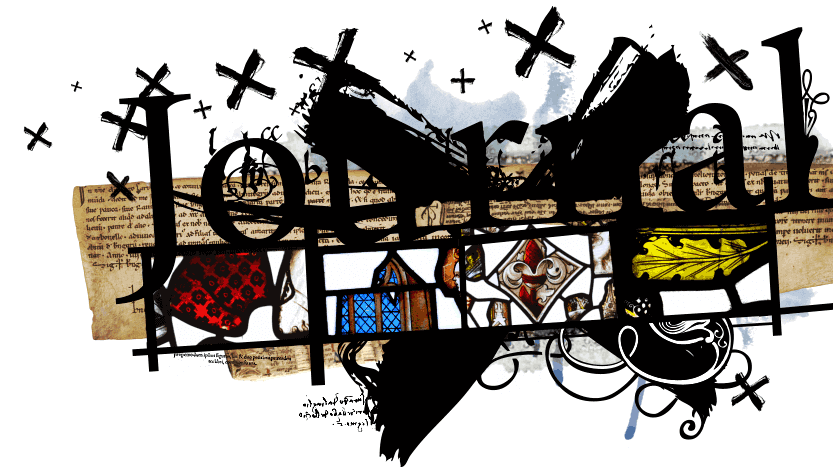Alternative creative methodologies
By Miguel A. Valerio | Published on October 22, 2023
In 2013, reading from Bernal Díaz del Castillo’s Historia verdadera de la Conquista de la Nueva España, for a graduate seminar about colonial cities and festivals led by my soon-to-be adviser, Lisa Voigt, I came across a line – just one line – that mentions a procession of “more than fifty” Black men, women, and children led by “their king and queen.” Intrigued by this passage, I began the research that ultimately led to my first book, Sovereign Joy: Afro-Mexican Kings and Queens, 1539–1640. As explored in that book, I discovered a widespread Afro-diasporic practice of Afrodescendants performing with a king and queen in early modern festivals and in principally in their communities.
The book studies three festival accounts, including Díaz del Castillo’s, and employs archival and visual sources to open those texts to the world they close in. The comparative approach I arrived at drew from diasporic, transgeographic, and transtemporal methodologies that afforded me glimpses of continuities, albeit neither of indistinguishable sameness nor static, across the Afro-Iberian diaspora (in the Iberian Peninsula, the Americas, and Africa) and the centuries. Sovereign Joy thus contributes to literary studies, Black studies, Atlantic studies, history, art history, religious studies, confraternity studies, performance studies, and other fields of studies, where Afrodescendants’ cultural lives have been marginal. The book centers Mexico and the Iberian Atlantic as key site to start any analysis of the cultural transformations ushered by European expansion, whereas “Atlantic studies” as done in the US and British academies have neglected this pivotal part of the story.
While the greater scarcity of sources in the Anglo-Atlantic has led scholars to develop alternative creative methodologies to account for Black lives and experiences, Black festive practices have been studied in the Iberian Peninsula and the Americas because we have far more sources for the Iberian Atlantic. Yet disciplinary conventions and stubborn forms of periodization limited scholars in making broader connections across the diaspora and centuries. Breaking these established time periods, chronologies, and geographic borders with careful transdisciplinary diasporic research allowed me to account for these practices. So, it was not only the paucity of detail that made it impossible to make sense of Afro-Mexican festive practices in isolation. Although Mexican iterations differed in some respects from other instances elsewhere (which only reaffirmed that they became localized global practices), this comparative approach afforded me a window upon the wider networks that mobilized these local practices, created by conscious actors who were speaking to each other across space and time from their local contexts.
The research I did for Sovereign Joy has also led to my current book project. Black festive kings and queens were normally staged by lay Catholic societies called cofradías in Spanish and irmandades in Portuguese. In Brazil, these lay Catholic societies built approximately fifty churches, whereas in the rest of the Iberian world, only two or three other Black lay Catholic societies – in Spain and Cuba – managed to do that. In my current book project, tentatively titled Architects of Their World: The Artistic and Ritualistic Spaces of Afro-Brazilian Brotherhoods, I’m looking at what it meant for these Black communities to own their own spaces. In chapter 1, I look at the church building and its art, which sometimes revised Catholic history. A party guy at heart, in chapter 2, I explore the kinds of festivals they were able to stage because of this – owning their own spaces – beyond the king and queen performance. Chapter 3, which looks at mixed-race Afro-Brazilian lay Catholic societies, and some of which I’ll share with you today, combines these two first chapters as it looks at how mixed-race Afro-Brazilians sought to hew their own physical and social spaces, overtly distancing themselves from their Black parents, but employing the varied strategies these latter had developed to do the same. Chapter 4 looks at mortuary rituals and how having autonomy over these allowed these Catholic societies to combine elements derived from African culture – such as dancing and feasting, as Vincent Brown notes in the Reaper’s Garden, for example – with Catholic rituals to develop their own deathways.
In chapters 1 through 3, I’m looking at how these Afro-Brazilian lay Catholic societies competed for sacro-social prestige, or social respectability, in a world where the socio-symbolic – including race, as Thomas C. Holt has noted – was overdetermined by the sacred, or men’s use of the sacred, through these practices. In chapter 2 and 3, I am also looking at Black joy, specifically as a Black form of Catholic gaudium, or Christian joy.

